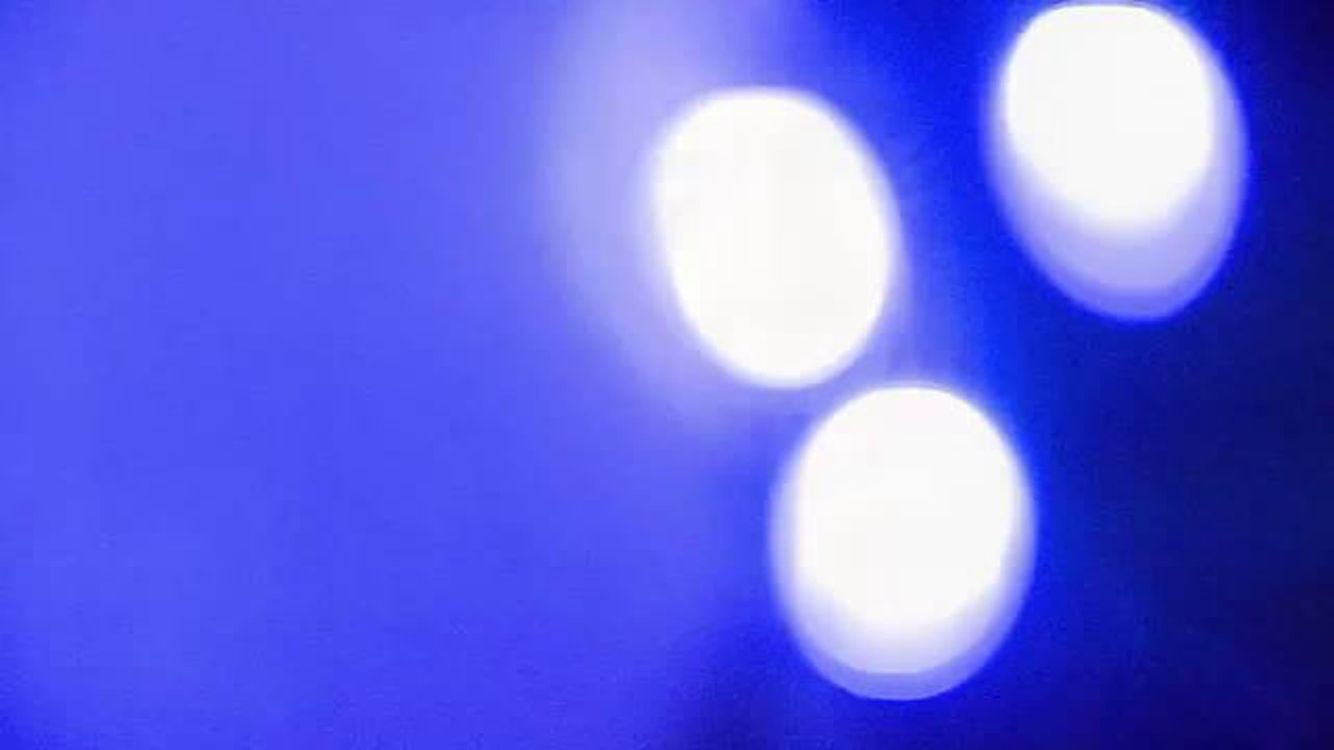David Garza


ARTIST BIO:
David Garza is a two-time Grammy-winning musician, songwriter, and producer whose genre-defying, three-decade career blends bold creativity with a prolific and diverse body of work.
A Texas native who emerged from Austin’s indie scene, Garza released a string of self-produced records before signing with Atlantic Records for his debut major label album This Euphoria (1998). Over the following decades, he became a fixture of the American music landscape, releasing dozens of albums, touring nationally and internationally, and building a reputation as an electrifying live performer with a singular blend of rock, folk, and Latin influences. His catalog from the 2000s onward showcases relentless creativity, with standout projects like Overdub and A Strange Mess of Flowers, and collaborations in the studio and on stage that cemented his role as an innovative recording artist and a sought-after stage presence.
In the past year Garza has been especially prolific—releasing Lost & Found: 2004–2025, a sweeping twelve-album anthology of his archive. Beyond his own catalog, he continues to write, produce, leaving an indelible mark across the musical landscape. His wide-ranging influence includes co-producing Fiona Apple’s Fetch the Bolt Cutters (2020), which earned multiple Grammys - a testament to Garza’s enduring presence as one of the most dynamic and influential voices in contemporary music.










